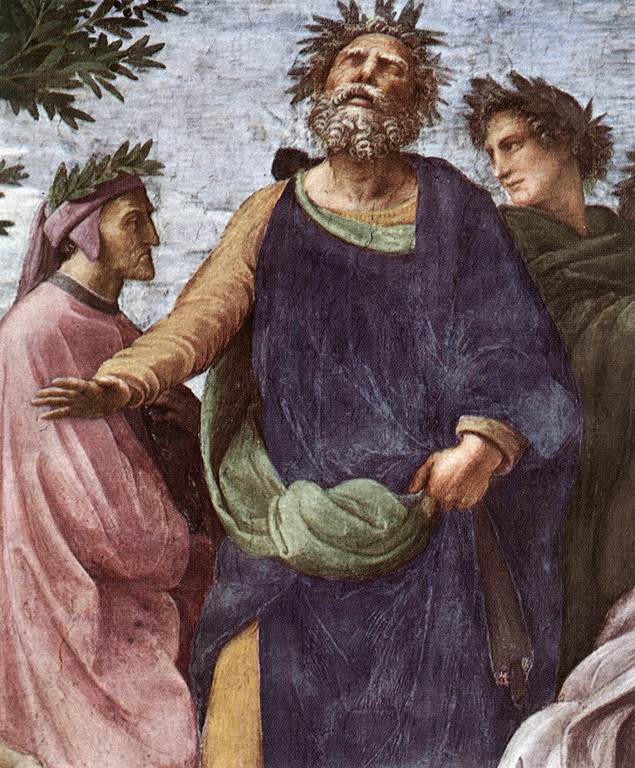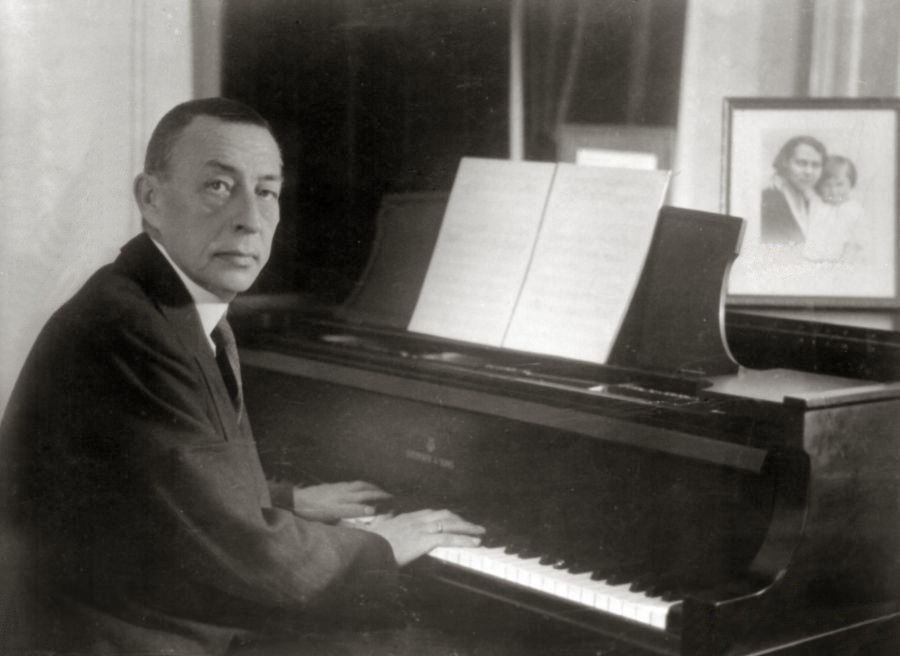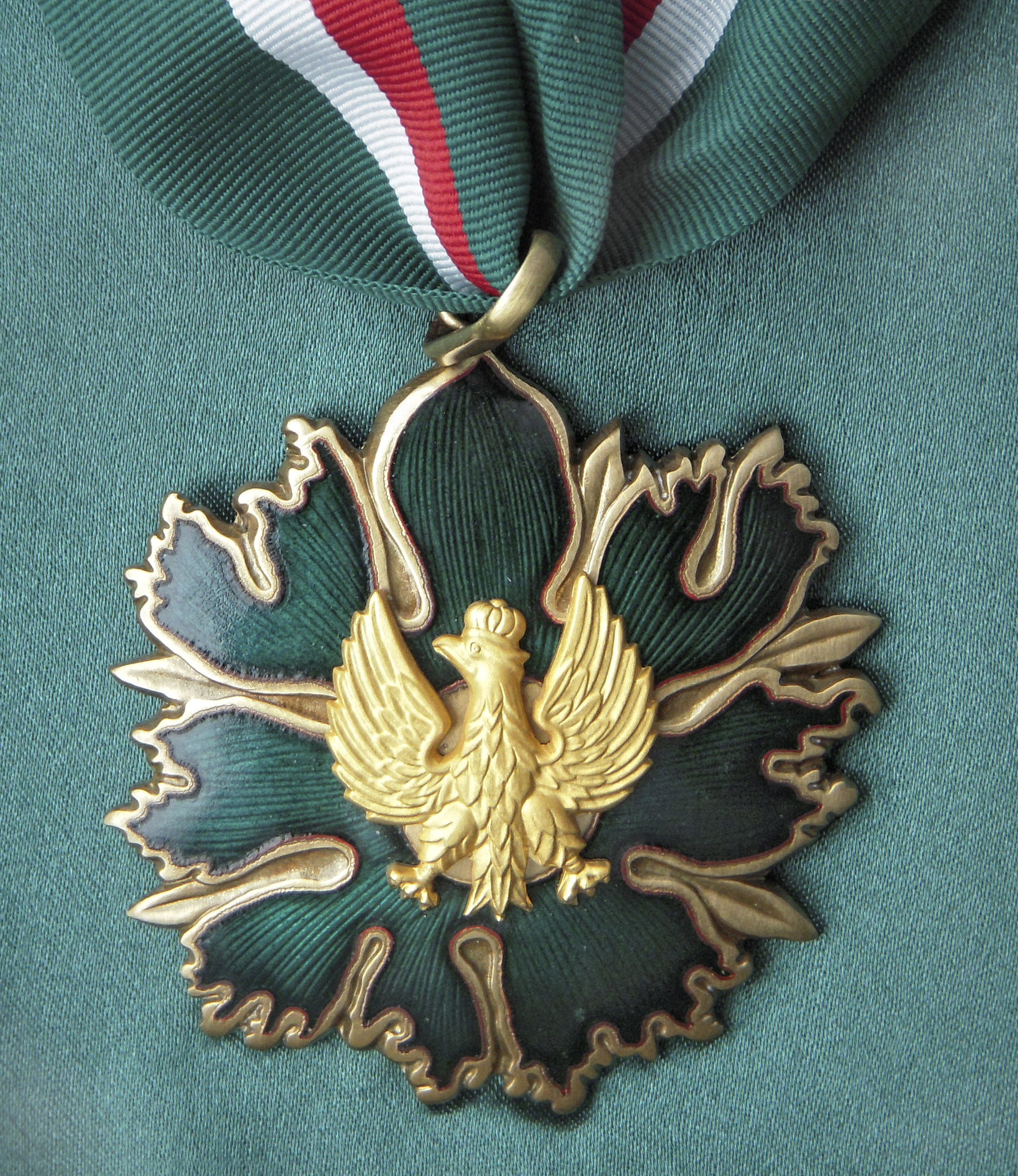|
Wojciech Fangor
Wojciech Bonawentura Fangor (pronounced: ) (15 November 1922 – 25 October 2015), also known as Voy Fangor, was a Polish Painting, painter, graphic artist, and Sculpture, sculptor. Described as "one of the most distinctive painters to emerge from postwar Poland", Fangor has been associated with Op art and Color field movements and recognized as a key figure in the history of Polish postwar abstract art. As a graphic artist, Fangor is known as a co-creator of the Polish School of Posters. Between 1953 and 1961, he designed over one hundred posters working alongside Henryk Tomaszewski (poster artist), Henryk Tomaszewski and Jan Lenica, among others. As a painter, Fangor was trained by the Polish academic and figurative artist Felicjan Kowarski, Felicjan Szczęsny-Kowarski. After briefly conforming to the style of Socialist realism, Socialist Realism during the History of Poland (1945–1989), Stalinist regime in Poland, Fangor had moved toward non-objective painting by the l ... [...More Info...] [...Related Items...] OR: [Wikipedia] [Google] [Baidu] |
Warsaw
Warsaw, officially the Capital City of Warsaw, is the capital and List of cities and towns in Poland, largest city of Poland. The metropolis stands on the Vistula, River Vistula in east-central Poland. Its population is officially estimated at 1.86 million residents within a Warsaw metropolitan area, greater metropolitan area of 3.27 million residents, which makes Warsaw the List of cities in the European Union by population within city limits, 6th most-populous city in the European Union. The city area measures and comprises List of districts and neighbourhoods of Warsaw, 18 districts, while the metropolitan area covers . Warsaw is classified as an Globalization and World Cities Research Network#Alpha 2, alpha global city, a major political, economic and cultural hub, and the country's seat of government. It is also the capital of the Masovian Voivodeship. Warsaw traces its origins to a small fishing town in Masovia. The city rose to prominence in the late 16th cent ... [...More Info...] [...Related Items...] OR: [Wikipedia] [Google] [Baidu] |
Henryk Tomaszewski (poster Artist)
Henryk Tomaszewski may refer to: * Henryk Tomaszewski (mime) (1919–2001), Polish mime artist and theatre director * Henryk Tomaszewski (poster artist) (1914–2005), Polish poster artist * Henryk Ryszard Tomaszewski, Polish Protestant clergyman and church historian {{hndis, Tomaszewski, Henryk ... [...More Info...] [...Related Items...] OR: [Wikipedia] [Google] [Baidu] |
Guernica (Picasso)
''Guernica'' is a large 1937 oil painting by Spanish artist Pablo Picasso.Richardson (2016)Picasso, Pablo. Guernica.' Museo Reina Sofía. ''(Retrieved 2017-09-07.)'' It is one of his best-known works, regarded by many art critics as the most moving and powerful anti-war painting in history. It is exhibited in the Museo Reina Sofía in Madrid. The grey, black, and white painting, on a canvas tall and across, portrays the suffering wrought by violence and chaos. Prominently featured in the composition are a gored horse, a bull, screaming women, a dead baby, a dismembered soldier, and flames. Picasso painted ''Guernica'' at his home in Paris in response to the 26 April 1937 bombing of Guernica, a town in the Basque Country in northern Spain, by Nazi Germany and Fascist Italy. Upon completion, ''Guernica'' was exhibited at the Spanish pavilion at the 1937 Paris International Exposition and then at other venues around the world. The touring exhibition was used to raise funds f ... [...More Info...] [...Related Items...] OR: [Wikipedia] [Google] [Baidu] |
Western Canon
The Western canon is the embodiment of High culture, high-culture literature, music, philosophy, and works of art that are highly cherished across the Western culture, Western world, such works having achieved the status of classics. Recent discussions upon the matter emphasise cultural diversity within the canon. The canons of music and visual arts have been broadened to encompass often overlooked periods, whilst recent media like cinema grapple with a precarious position. Criticism arises, with some viewing changes as prioritising activism over aesthetic values, often associated with critical theory, as well as postmodernism. Another critique highlights a narrow interpretation of the West, dominated by British and American culture, at least under contemporary circumstances, prompting demands for a more diversified canon amongst the hemisphere. Literary canon Classic book A classic is a book, or any other work of art, accepted as being exemplary or noteworthy. In the secon ... [...More Info...] [...Related Items...] OR: [Wikipedia] [Google] [Baidu] |
Pianist
A pianist ( , ) is a musician who plays the piano. A pianist's repertoire may include music from a diverse variety of styles, such as traditional classical music, jazz piano, jazz, blues piano, blues, and popular music, including rock music, rock and roll. Most pianists can, to an extent, easily play other musical keyboard, keyboard instruments such as the synthesizer, harpsichord, celesta, and the organ (music), organ. Pianists past and present Contemporary classical music, classical pianists focus on dedicating their careers to performing, recording, teaching, researching, and continually adding new compositions to their repertoire. In contrast to their 19th-century counterparts, they typically do not engage in the composition or transcription of music. While some classical pianists may specialize in accompaniment and chamber music, a smaller number opt for full-time solo careers. Classical Wolfgang Amadeus Mozart, Mozart could be considered the first concert pianist, as ... [...More Info...] [...Related Items...] OR: [Wikipedia] [Google] [Baidu] |
Affluent
Wealth is the abundance of valuable financial assets or physical possessions which can be converted into a form that can be used for transactions. This includes the core meaning as held in the originating Old English word , which is from an Indo-European word stem. The modern concept of wealth is of significance in all areas of economics, and clearly so for growth economics and development economics, yet the meaning of wealth is context-dependent. A person possessing a substantial net worth is known as ''wealthy''. Net worth is defined as the current value of one's assets less liabilities (excluding the principal in trust accounts). At the most general level, economists may define wealth as "the total of anything of value" that captures both the subjective nature of the idea and the idea that it is not a fixed or static concept. Various definitions and concepts of wealth have been asserted by various people in different contexts.Denis "Authentic Development: Is it Sustainab ... [...More Info...] [...Related Items...] OR: [Wikipedia] [Google] [Baidu] |
Medal For Merit To Culture – Gloria Artis
The Gloria Artis Medal for Merit to Culture () or Gloria Artis Medal, is a departmental decoration of Poland in arts awarded by the Ministry of Culture and National Heritage of the Republic of Poland to persons and organizations for distinguished contributions to, or protection of the Polish culture The culture of Poland () is the product of its Geography of Poland, geography and distinct historical evolution, which is closely connected to History of Poland, an intricate thousand-year history. Poland has a Catholic Church, Roman Catholic ma ... and national heritage. There are three classes for the medal: gold, silver and bronze with a green, blue or claret ribbon, respectively, with central white and red stripes. This award was instituted on 17 June 2005. as a replacement of the honorary badge „ Zasłużony Działacz Kultury”, as part of the general reform in management of culture and education. [...More Info...] [...Related Items...] OR: [Wikipedia] [Google] [Baidu] |
Solomon R
Solomon (), also called Jedidiah, was the fourth monarch of the Kingdom of Israel and Judah, according to the Hebrew Bible. The successor of his father David, he is described as having been the penultimate ruler of all Twelve Tribes of Israel under an amalgamated Israel and Judah. The hypothesized dates of Solomon's reign are from 970 to 931 BCE. According to the biblical narrative, after Solomon's death, his son and successor Rehoboam adopted harsh policies towards the northern Israelites, who then rejected the reign of the House of David and sought Jeroboam as their king. In the aftermath of Jeroboam's Revolt, the Israelites were split between the Kingdom of Israel (Samaria), Kingdom of Israel in the north (Samaria) and the Kingdom of Judah in the south (Judea); the Bible depicts Rehoboam and the rest of Solomon's Patrilineality#In the Bible, patrilineal descendants ruling over independent Judah alone. A Prophets in Judaism, Jewish prophet, Solomon is portrayed as wealth ... [...More Info...] [...Related Items...] OR: [Wikipedia] [Google] [Baidu] |
Eastern Bloc
The Eastern Bloc, also known as the Communist Bloc (Combloc), the Socialist Bloc, the Workers Bloc, and the Soviet Bloc, was an unofficial coalition of communist states of Central and Eastern Europe, Asia, Africa, and Latin America that were aligned with the Soviet Union and existed during the Cold War (1947–1991). These states followed the ideology of Marxism–Leninism, in opposition to the Capitalism, capitalist Western Bloc. The Eastern Bloc was often called the "Second World", whereas the term "First World" referred to the Western Bloc and "Third World" referred to the Non-Aligned Movement, non-aligned countries that were mainly in Africa, Asia, and Latin America but notably also included former Tito–Stalin split, pre-1948 Soviet ally Socialist Federal Republic of Yugoslavia, Yugoslavia, which was located in Europe. In Western Europe, the term Eastern Bloc generally referred to the USSR and Central and Eastern European countries in the Comecon (East Germany, Polish Peo ... [...More Info...] [...Related Items...] OR: [Wikipedia] [Google] [Baidu] |
Stanisław Zamecznik
Stanisław Zamecznik (10 March 1909 – 2 May 1971) was a Polish graphic artist, poster artist, scenographer and architect. Zamecznik was a professor of State Higher School of Fine Arts, Poznań (now Academy of Fine Arts). He was a cousin of Wojciech Zamecznik, a graphic artist, interior decorator and photographer. Biography Zamecznik was born in Warsaw. He was co-author of the innovative composition ''Węgiel'' at the exhibition in Wrocław (with Wojciech Zamecznik; 1948). He designed numerous of international exhibitions, Wojciech Fangor painting exhibition in an environmental style in the Jewish Theatre in Warsaw (1958), Henry Moore sculpture exhibitions in Warsaw (1959), exhibitions in the National Museum A national museum can be a museum maintained and funded by a national government. In many countries it denotes a museum run by the central government, while other museums are run by regional or local governments. In the United States, most nati ... in Warsaw and p ... [...More Info...] [...Related Items...] OR: [Wikipedia] [Google] [Baidu] |
Scenographer
A scenographer or scenic designer, also production designer, is a person who develops the appearance of a stage design, a TV or movie set, a gaming environment, a trade fair exhibition design or a museum experience exhibition design. The term originated in theater. A scenographer works together with the theater director to make the message come through in the best way they think possible, the director having the leading role and responsibility particularly for dramatic aspects - such as casting, acting, and direction - and the scenographer primarily responsible for the visual aspects or "look" of the production - which often includes scenery or sets, lighting, and costumes, and may include projections or other aspects. While a common role in theatrical production teams in most countries, the position of scenographer is very uncommon in the United States, where this task is generally parcelled out among several people, principally the scenic or set designer who generally spearheads ... [...More Info...] [...Related Items...] OR: [Wikipedia] [Google] [Baidu] |
History Of Poland (1945–1989)
The history of Poland from 1945 to 1989 spans the period of Marxist–Leninist regime in Poland after the end of World War II. These years, while featuring general industrialization, urbanization and many improvements in the standard of living, were marred by early Stalinist repressions, social unrest, political strife and severe economic difficulties. Near the end of World War II, the advancing Soviet Red Army, along with the Polish Armed Forces in the East, pushed out the Nazi German forces from occupied Poland. In February 1945, the Yalta Conference sanctioned the formation of a provisional government of Poland from a compromise coalition, until postwar elections. Joseph Stalin, the leader of the Soviet Union, manipulated the implementation of that ruling. A practically communist-controlled Provisional Government of National Unity was formed in Warsaw by ignoring the Polish government-in-exile based in London since 1940. During the subsequent Potsdam Conference in July� ... [...More Info...] [...Related Items...] OR: [Wikipedia] [Google] [Baidu] |






